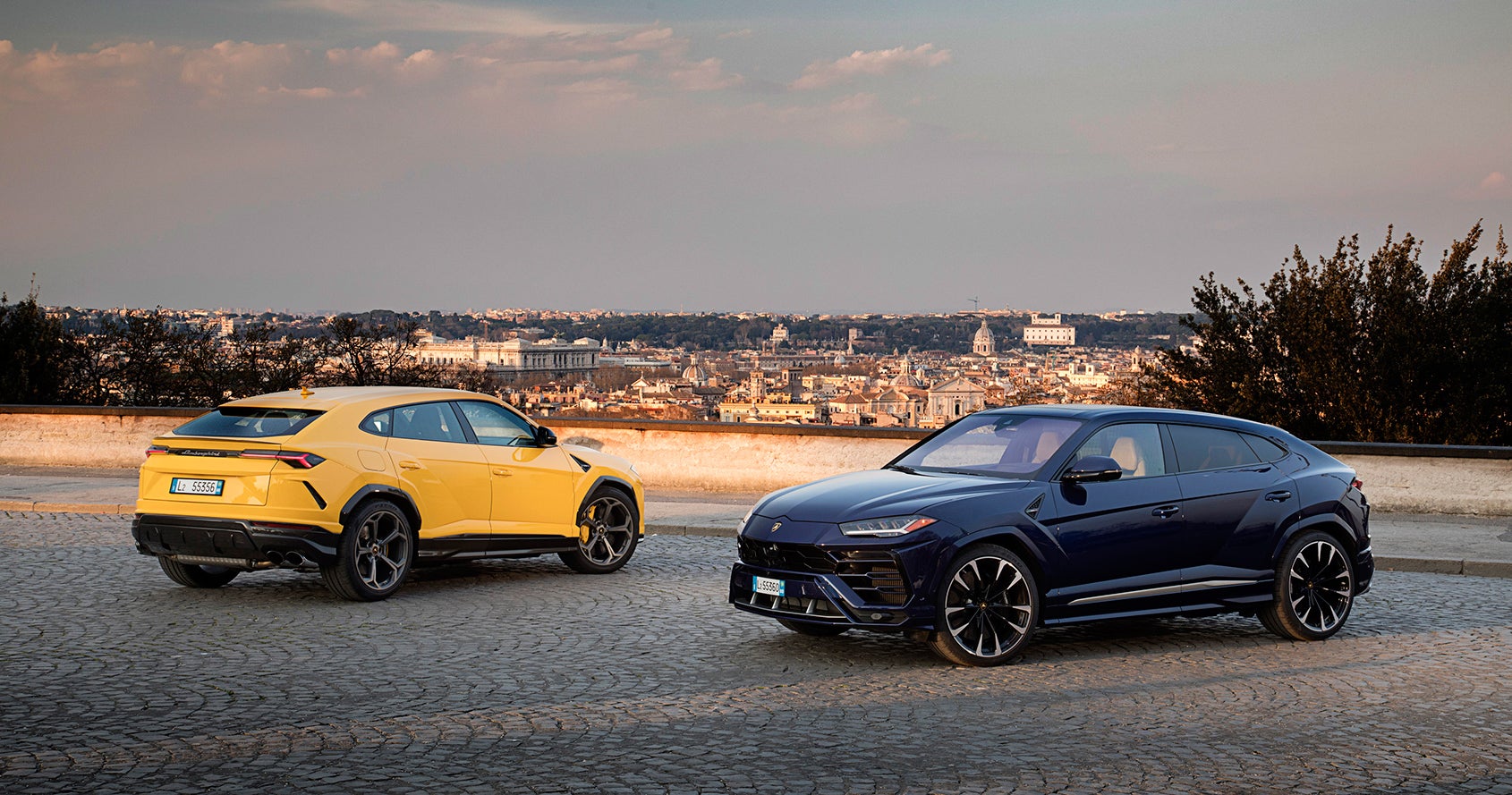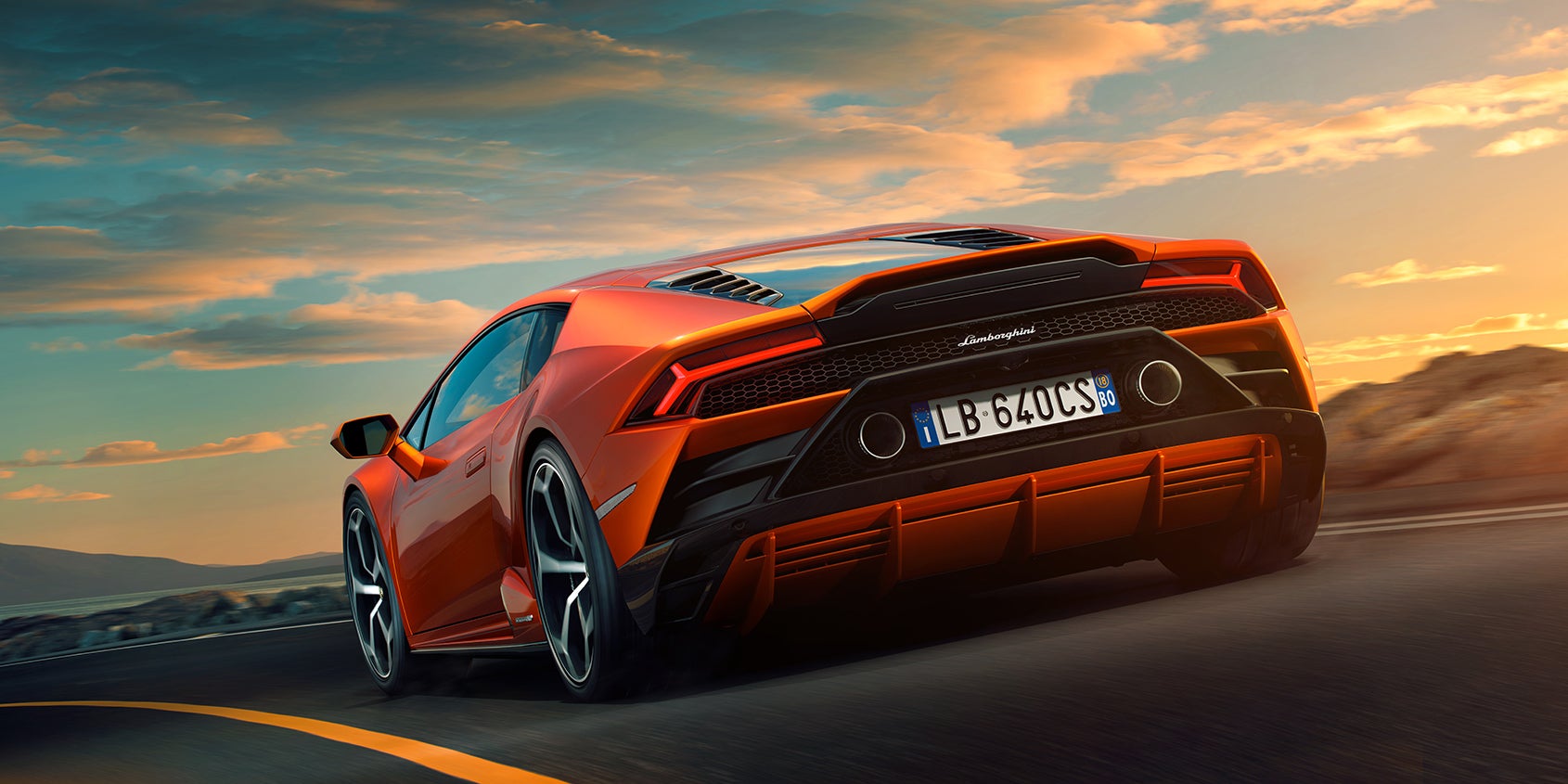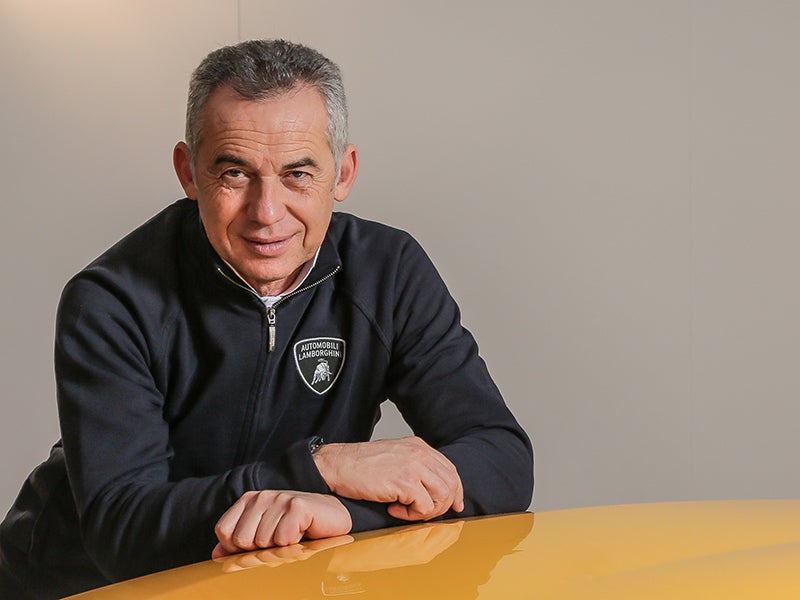Lamborghini has turned a few key technological corners in the last year. Not only did it pull off the challenge of building an SUV that's also a legitimate performance car with its jaw-droppingly good Urus, but it also delivered unto the supercar community the first truly deep-tissue, centralized dynamic control system—the Lamborghini Dinamica Veicolo Integrata (LDVI) in the new Huracán Evo. This system replaces the multiple control computers managing suspension settings, all-wheel-drive, engine response, and other variables and condenses their management to a single central system that’s faster and far more intuitive.
But progress never stops in the sports car world. So what’s next for the Sant'Agata, Italy-based supercar maker? The Drive sat down with Maurizio Reggiani, Lambo’s chief technology officer, at the 2019 Geneva International Motor Show to find out what technological challenges remain for the company and what's next on the docket.

The Drive: First, let’s talk about Urus. It seems that every time a performance or luxury carmaker creates an SUV, it becomes their instant top seller and stays there forever. But the fact that yours is so supercar-like in its performance, yet can still haul five and their luggage, makes us wonder: Is the SUV going to become the future of performance driving?
Reggiani: Well, the idea was definitely the right decision for Lamborghini. We started by scouting different possibilities at auto shows, including a four-seater concept we showed in Paris in 2008. But after we presented the Urus concept in 2012, it was easy to see how much people wanted a super-premium performance SUV. There were still many people who are passionate about super sport cars but at first didn’t think the Urus could be a true super sport car. But in terms of acceleration, braking, and lap times it’s actually better than the first Gallardo that we launched, back in 2003.
Indeed, it doesn’t seem like this car could’ve been built 20 years ago. How did it come about?
It’s all due to the progress we’ve made with technology. For example, with rear-wheel-steering, we are able to compensate for the longer wheelbase of the Urus, and give it agility that is truly unbelievable. The active stability bar and the suspension’s ability to set a lower ground clearance also means you can make it more suitable for the track. Then there’s torque vectoring that distributes torque from left to right and front to rear. All these systems weren’t available at the time of the Gallardo, and we were able to achieve something today that is, I think, unique in terms of dynamics in the SUV field. We made the right decision for our brand and produced something that is truly a game-changer.

The LDVI in the Evo seems similarly forward-thinking. What are we to infer from that technology?
That we’re now able to synchronize the brain of the car with the brain of the driver. Normally you do something to a car while driving and you expect a certain reaction. We wanted this system to predict and announce to you immediately what it’s doing. So instead of the driver getting feedback from the car, we like to say they’re benefitting from 'feed-forward' logic.
So it’s not simply a faster response from the car?
No. Typically you have inputs from the driver—you touch the steering wheel, select the mode you want, and provide inputs via your feet to the accelerator or the brake—but driving is more than just accelerating and braking. If you remove your foot from the pedal slowly that means you want to decrease your speed a little bit. If you remove it fast that means you’re going to brake as you approach the corners and you want to go into it fast. There are additional inputs the car reads from the street, such as interpreting the road conditions in terms of whether you’re in flat asphalt or a bumpy surface, or determining whether you’re in lateral or longitudinal acceleration, and whether it’s dry or wet. LVDI takes all this data and in less than 20 milliseconds coordinates all the systems of the car.
Is this mostly algorithms or processors doing the work?
We start with simulators that can explore all these reactions, and we create an algorithms to set up all these interactions with the car. But it’s able to process all this faster. What’s most important is that we do this all through one computer. That means you don’t need to wait for calculations to come in from the various system ECUs—you do everything in one and control all the systems from there. Nobody else is doing that. So before you enter the corner the car’s central computer has interpreted your actions and set up the right steering in the rear, the torque vectoring between left and right and front and rear. This is really the first of what you might call artificial intelligence in a car. You synchronize the performance of the car with the brain of the driver, creating a connection between your intention and what the car will do.

So now that you’ve got this “central nervous system” going, what dynamic performance challenges remain in automotive engineering?
The arrival of electrification, and compensating for additional weight it will bring to the car. We’ve already said the new Aventador will be a hybrid, and our challenge is to do that while continuing to improve chassis control so it remains super-fast and super-reactive. We will also switch from passive torque vectoring to active torque vectoring, thanks to the precision of electric motors. This will give the cars much more agility, which will help the customer will perceive that there’s less additional weight in the car. Agility is a kind of compensation for weight, and active torque vectoring coupled with rear-wheel steering will improve this perception, creating a more enjoyable driving experience.
How many motors will the new Aventador have?
[Laughs] All I can say right now is it will be a hybrid. I can’t say yet what will be the solution. I wish I could be more specific, but I promise I will do my best with the car.









